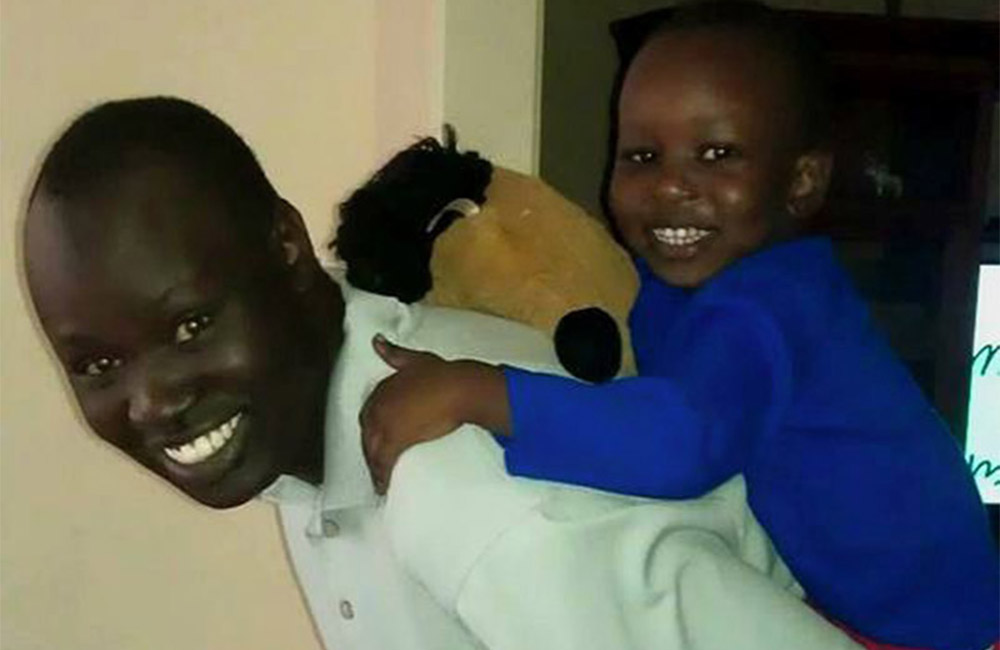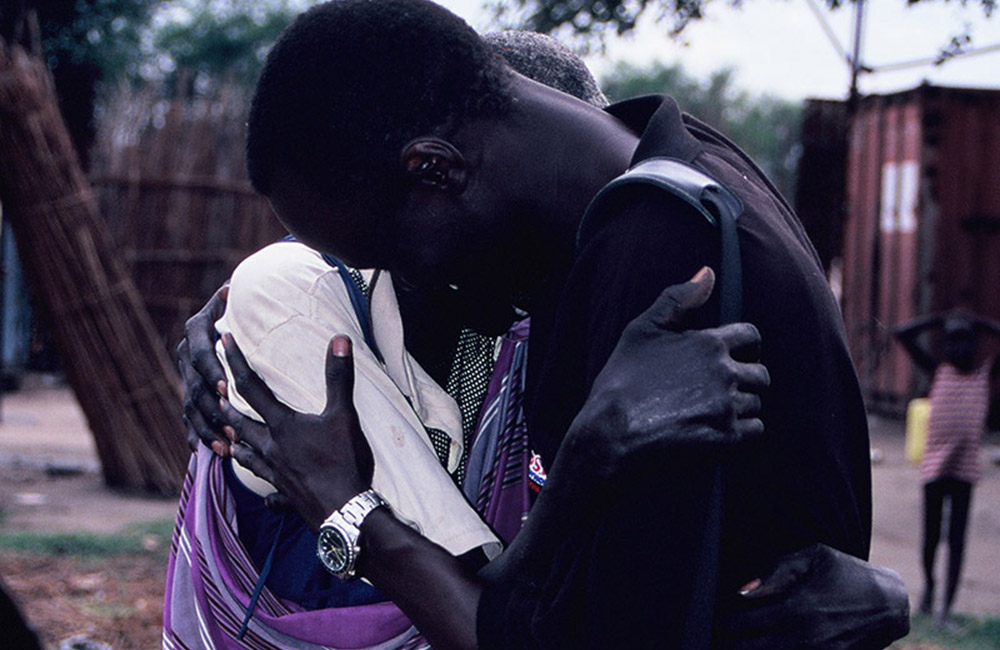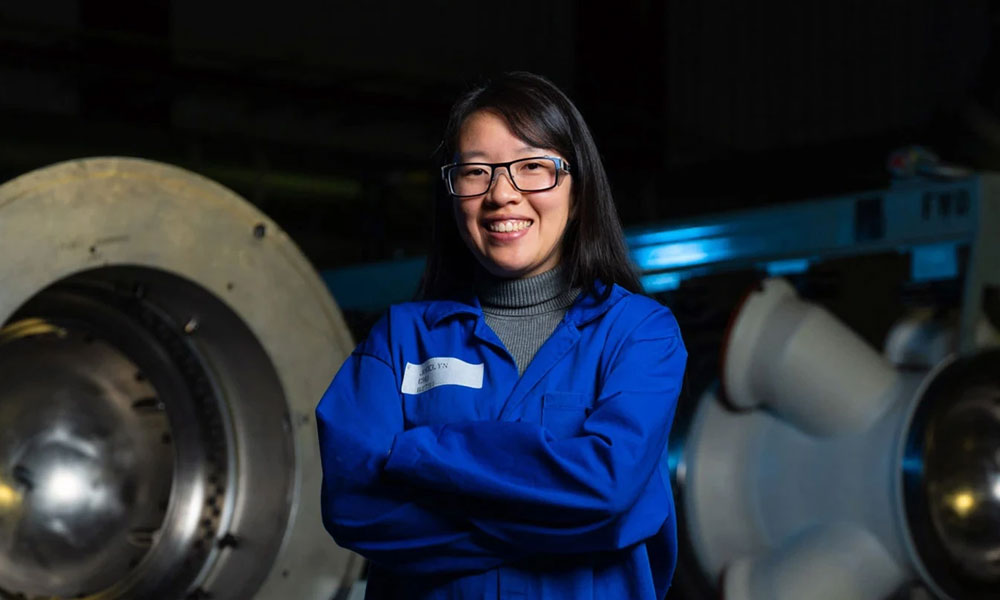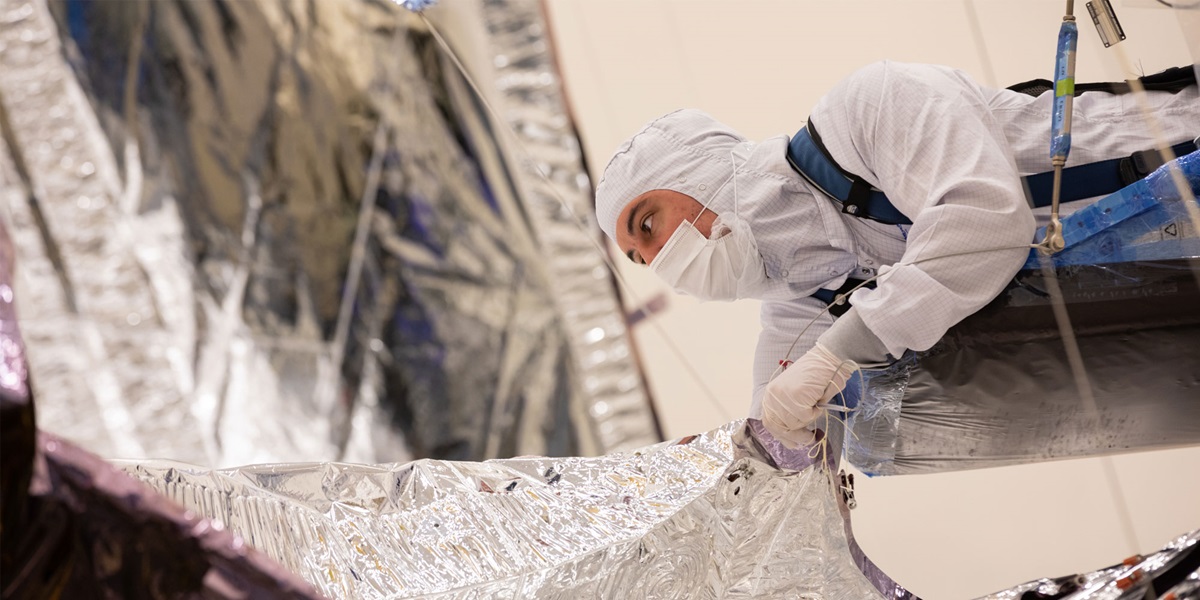In 1987, civil war drove an estimated 20,000 young boys from their families and villages in The Republic of South Sudan. Most just six or seven years old, they fled to neighboring Ethiopia to escape persecution and war. It was a journey on foot across more than 1,000 miles of dangerous desert.
With little food and water, many walking without shoes or spare clothing, thousands of boys died on the way to Ethiopia. In 1991, Ethiopia also fell into civil war and, once again, the boys were forced to leave their homes. The new destination was a refugee camp in Kenya. On the run and hiding from the war raging around them, the journey was perilous.
Northrop Grumman’s Abraham Ater, public health analyst with the Health Division, remembers the tragic exodus well. He survived it. Only half of the 20,000 boys who originally fled Sudan made it to Kakuma Refugee Camp in Kenya.
They became known as the Lost Boys of Sudan.

Born in Duk, South Sudan, between 1976 and 1979, Abraham Ater was around nine years old when he was forced to flee his home. He still remembers the pain of being separated from his parents and the many fears that were an everyday part of his childhood.
“Many villages in South Sudan realized that children were not safe during the civil war and decided to send the boys away because they believed we’d be able to survive a long walk,” says Ater. “They told us they were sending us away for school, but many of us knew it was because of the wars.”
Ater shares his remarkable story in his book, “My Lost Childhood.” His memoir describes how, in the late 1980s, the Islamic government began systematically torturing and killing Southern Sudanese families, burning their villages and enslaving young boys and girls. This caused an exodus of more than 20,000 boys, only half of whom survived the long trip to Kenya.
Ater and others left Kakuma Refugee Camp in Kenya after several years of suffering and were granted refuge in the United States in 2001. Many of the Lost Boys of Sudan, including Ater, became U.S. citizens and pursued higher education. Thousands more were granted refuge elsewhere and are scattered around the globe.
Ater attended the University of Arizona, earning his bachelor’s degree in physiology and master’s degree in public health. He also completed a graduate fellowship with the Association of Schools and Programs of Public Health at the Centers for Disease Control and Prevention (CDC) and is currently finishing his doctorate in public health at Georgia Southern University.
Ater currently lives in Georgia with his wife, son and two daughters. His life is centered on family and his work as a public health analyst with the Health Division of Northrop Grumman, supporting the CDC Center for Global Health.
“I perform rapid application development for electronic data collection surveys used in CDC/President’s Emergency Plan for AIDS Relief (PEPFAR) funded countries,” Ater explains. “I also support data integration activities on a team working on the development of ETL tools for data integration and database structures for data capture systems and warehousing activities. In addition, I provide technical assistance to PEPFAR, guidance on performance monitoring activities for country operation plan development and routine performance reporting.”

“I pursued degrees in the health field to focus on prevention and control of infectious diseases,” continues Ater. “My long-term plans involve global health work in rural clinics, organizing health workshops and empowering local health workers to improve community health. This is in tribute to those who helped me along my own arduous journey. Making a difference in the lives of children and refugee camp dwellers is paramount.”
In 2007, he helped found a nonprofit organization called United Vision for Change in order to build a school for children in his native homeland. They are still raising funds and providing scholarships to children in need.
“I’m very grateful for what I have been able to accomplish, and I look to bring educational and health resources back to my homeland,” he says. “The children there are still affected. There are no schools and clinics and not much clean water. Many children’s parents were killed in the wars and many need somewhere to go. I will do everything I can to help.”
To learn more about Ater’s nonprofit effort, visit www.unitedvisionsforchange.org.

Life at Northrop Grumman: Recent Stories
Shape your career journey with diverse roles and experiences that expand your expertise, feed your curiosity, and fuel your passion.

Life at Northrop Grumman: Archived Stories
It takes every one of us to make the impossible a reality. See what life is like at Northrop Grumman.